Outer space travel feelings and facts guide
 [an error occurred while processing this directive]
[an error occurred while processing this directive]
Space travel problems
Have there been critical situations during space flights? Part 2
The astronauts from US went through many difficulties too. There were several failures in Mercury and Gemini spacecraft. In March 1966 the Gemini-8 crew - astronauts Neil A.Armstrong and David R.Scott - docked with the Agena rocket. Suddenly the spaceship began to spin with mounting acceleration. It was only the clever actions of the crew that prevented a tragedy.
Outer space ship Gemini-8 docking with Agena rocket
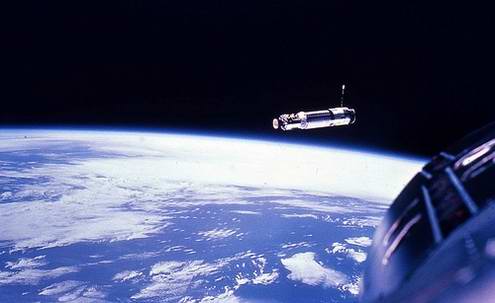
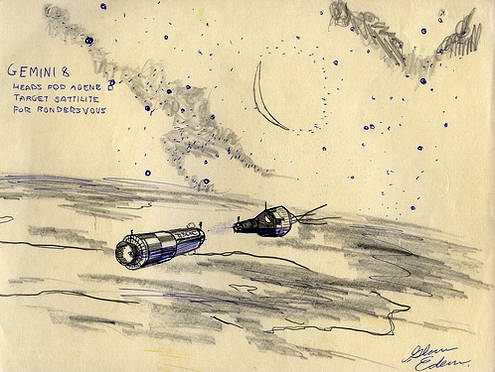
In 1970 the crew of Apollo-13 spaceship underwent an ordeal, when in the base ship after an explosion oxygen started to leak and the electric systems failed. The astronauts spent nearly 72 hours in the small lunar module with limited supplies of oxygen and fuel. In addition, its navigational equipment was inadequate. It was only thanks to their knowledge, experience and courage that they managed to return to Earth.
Outer space ship Apollo-13 inner view
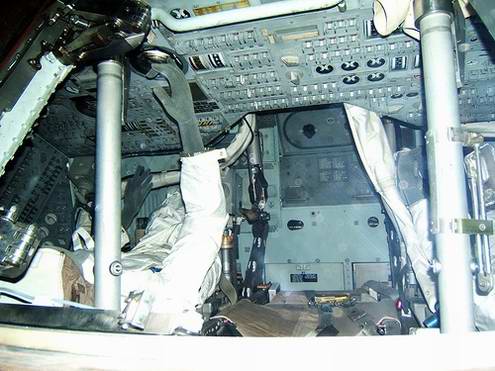
Outer space ship Apollo-13 view after explosion
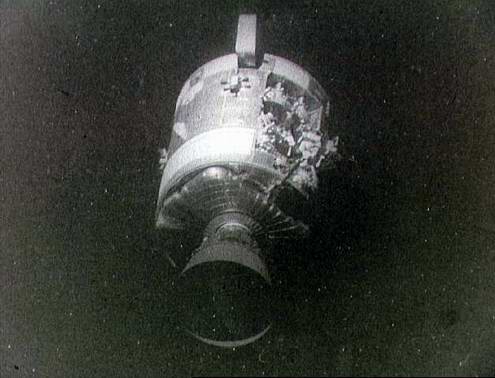
Cosmonauts and astronauts risk their lives in every outer space flight. A very dear price had to be paid for many achievements in space rocketry.
Vladimir Komarov
Vladimir Komarov had his first spaceflight in October 12 - October 13, 1964 aboard the Voskhod spacecraft together with astronauts Konstantin Feoktistov and Boris Yegorov. It was the world's first multi-seat spacecraft. For the first time there were not only pilots but also an engineer and physician in the crew. For the first time in history the crew was flying without spacesuits. Soft-landing system was used for the first time too. The total flight time was 24 hours 17 minutes, the ship 16 times circled the globe. The main objective of the mission was to ensure the priority of the Soviet Union in space flights with the crew of a few astronauts. For the successful completion of flight Vladimir Komarov was awarded the title Hero of the Soviet Union, awarded the Order of Lenin and the "Gold Star".
In September 1965 he was included in group preparing for the flight program "Soyuz". In August 1966 it was decided that Vladimir Komarov, will pilot the Soyuz-1. The backup pilot was Yuri Gagarin. This flight April 23 - April 24, 1967 became fatal.
In April 1967 Vladimir Komarov tested a new Soyuz spacecraft for orbital stations. Having done all the scheduled operations he was coming back to Earth. The spaceship passed the most difficult braking phase and decreased the orbital velocity to the re-entry velocity. But then something unpredictable happened: at an altitude of seven kilometers the parachute system failed and the cosmonaut was killed. The spacecraft crashed into the ground in a desert area in Adamovskij area of Orenburg oblast.
The fact of the death of Vladimir Komarov in spaceflight was for a long time in silence. The officials were claiming that he was killed in a plane crash. It was officially recognized only in the era of perestroika and glasnost. The memorial complex was built at the place of his death. The ashes of Vladimir Komarov were placed in an urn in the Kremlin wall on Red Square in Moscow.
Soyuz spacecraft tested by cosmonaut Vladimir Komarov
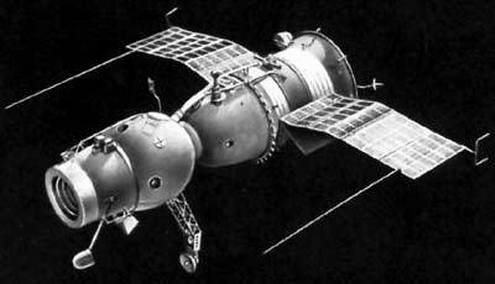
Vladimir Komarov spaceship landing place
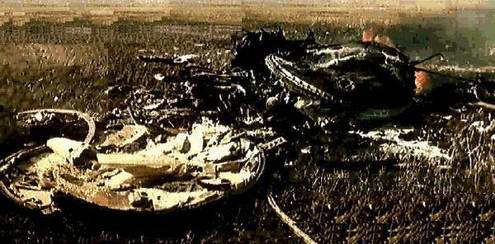
Vladimir Komarov - Russian cosmonaut
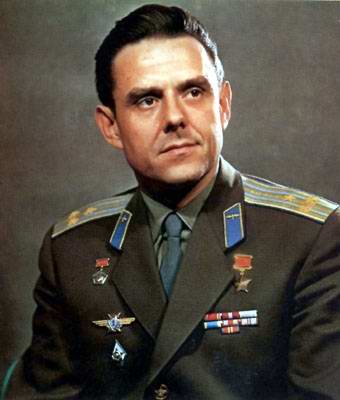
Four years later Georgi Dobrovolsky, Vladislav Volkov and Viktor Patsayev seemed to have successfully landed after a 23-day flight aboard the first Salyut space orbital station. When the search group opened the hatch of the descent vehicle they saw the cosmonauts in their seats. They were dead. A special investigation established that at a height of 100 or 120 kilometers, just before the descent module entered the upper layers of the atmosphere, a valve opened accidentally and the module was instantly depressurized. The crew died from explosive decompression.
Russian cosmonauts Georgi Dobrovolsky, Vladislav Volkov, Viktor Patsayev
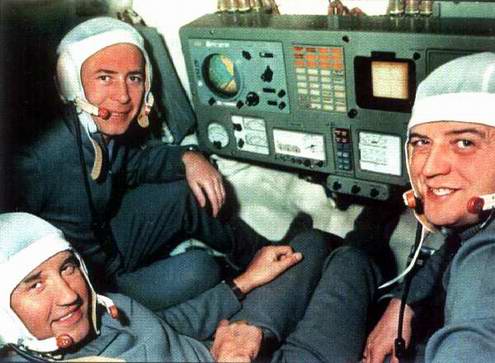
Outer space crews from USA sustained losses too. When the Apollo spaceship was ground-tested in 1967 a fire broke out at launch. In the oxygen atmosphere, flames spread so fast that astronauts Virgil I. Grissom, Edward H. White and Roger B. Chaffee had no time even to open the escape hatch. In January 1986 the space shuttle Challenger's flight came to a tragic end moments after liftoff. In 2003 space shuttle "Columbia" disintegrated over Texas during re-entry into the atmosphere of Earth.
Spaceship Apollo-1 crew
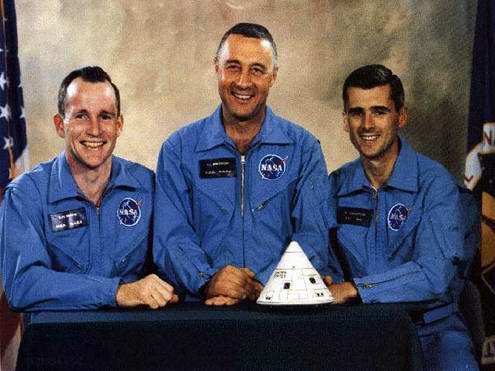
Space shuttle Challenger crew

Space shuttle Columbia crew
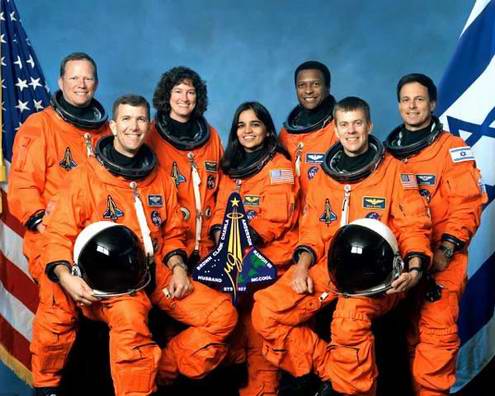
The history of astronautics has witnessed many tragedies. Man's trail to space is by no means strewn with roses.
Man's trail to outer space
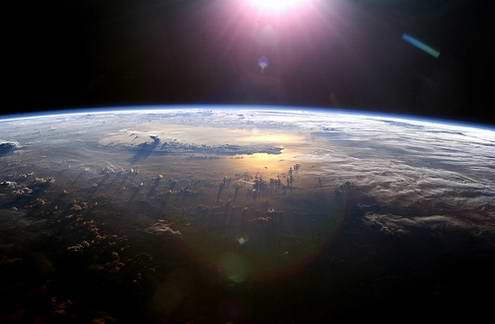
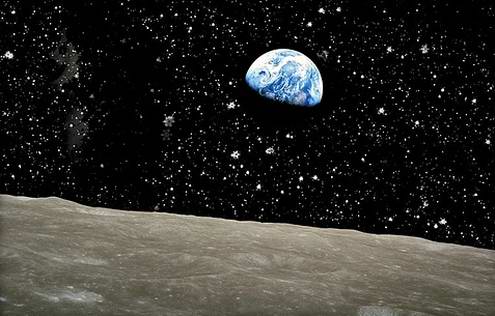
Alex Grachov, Sergey Kozin Copyright © 2007 – 2012 Spacefeelings.com. All rights reserved. Copyright/IP Policy.